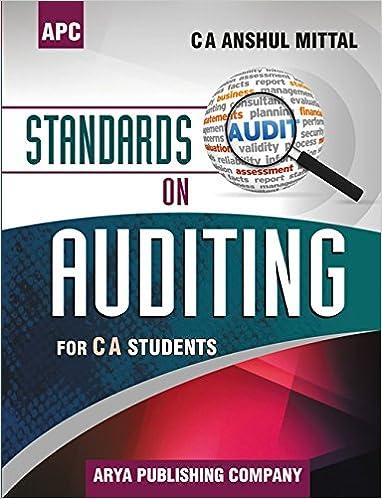

2. Now consider the Ramsey model with the same Cobb-Douglas aggregate production func- tion, y = k and a = 0.35. Assume the discount rate p = 5%, population growth n = 5%, technology growth g = 10%, and no capital depreciation. (a) Derive y* and c* as functions of the model parameters and determine their numerical values when the coefficient of relative risk aversion 6 = 3. (b) What is the saving rate s* in steady state? How do the results for y* and c* compare to those for the Solow-Swan model in Q.1 part (6)? Explain why the results are differ- ent or the same. (c) How would your answers to part (a) change if the coefficient of relative risk aversion were 0 = 1.6 instead? (d) Draw the transition for the economy given the change in the coefficient of relative risk aversion using the phase diagram for the Ramsey model. (e) In the Solow-Swan model, the saving rate was assumed fixed and, therefore, would not depend on the growth rate of technology. However, for the Ramsey model, the effect of the technological growth rate on the saving rate along the balanced growth path will depend on household preferences (i.e., the discount rate and the intertemporal elasticity of substitution). i) For this economy, what is the predicted effect of a permanent fall in the growth rate of technology on the saving rate along the balanced growth path? How does your answer depend on whether the coefficient of relative risk aversion is 0 = 3 or 0 = 1.6? Hint: calculate as* /ag, where s* = 1 - c*/y*. ii) How would your answer change if the discount rate were p = 10% instead of p = 5%? iii) Solve for s* before and after a permanent fall in the growth rate of technology from g = 10% to g = 5% under both scenarios of 0 = 3 and 0 = 1 for p = 10%? Are the results consistent with the predicted effect based on as* /ag? 2. Now consider the Ramsey model with the same Cobb-Douglas aggregate production func- tion, y = k and a = 0.35. Assume the discount rate p = 5%, population growth n = 5%, technology growth g = 10%, and no capital depreciation. (a) Derive y* and c* as functions of the model parameters and determine their numerical values when the coefficient of relative risk aversion 6 = 3. (b) What is the saving rate s* in steady state? How do the results for y* and c* compare to those for the Solow-Swan model in Q.1 part (6)? Explain why the results are differ- ent or the same. (c) How would your answers to part (a) change if the coefficient of relative risk aversion were 0 = 1.6 instead? (d) Draw the transition for the economy given the change in the coefficient of relative risk aversion using the phase diagram for the Ramsey model. (e) In the Solow-Swan model, the saving rate was assumed fixed and, therefore, would not depend on the growth rate of technology. However, for the Ramsey model, the effect of the technological growth rate on the saving rate along the balanced growth path will depend on household preferences (i.e., the discount rate and the intertemporal elasticity of substitution). i) For this economy, what is the predicted effect of a permanent fall in the growth rate of technology on the saving rate along the balanced growth path? How does your answer depend on whether the coefficient of relative risk aversion is 0 = 3 or 0 = 1.6? Hint: calculate as* /ag, where s* = 1 - c*/y*. ii) How would your answer change if the discount rate were p = 10% instead of p = 5%? iii) Solve for s* before and after a permanent fall in the growth rate of technology from g = 10% to g = 5% under both scenarios of 0 = 3 and 0 = 1 for p = 10%? Are the results consistent with the predicted effect based on as* /ag








